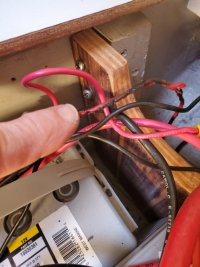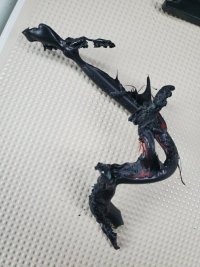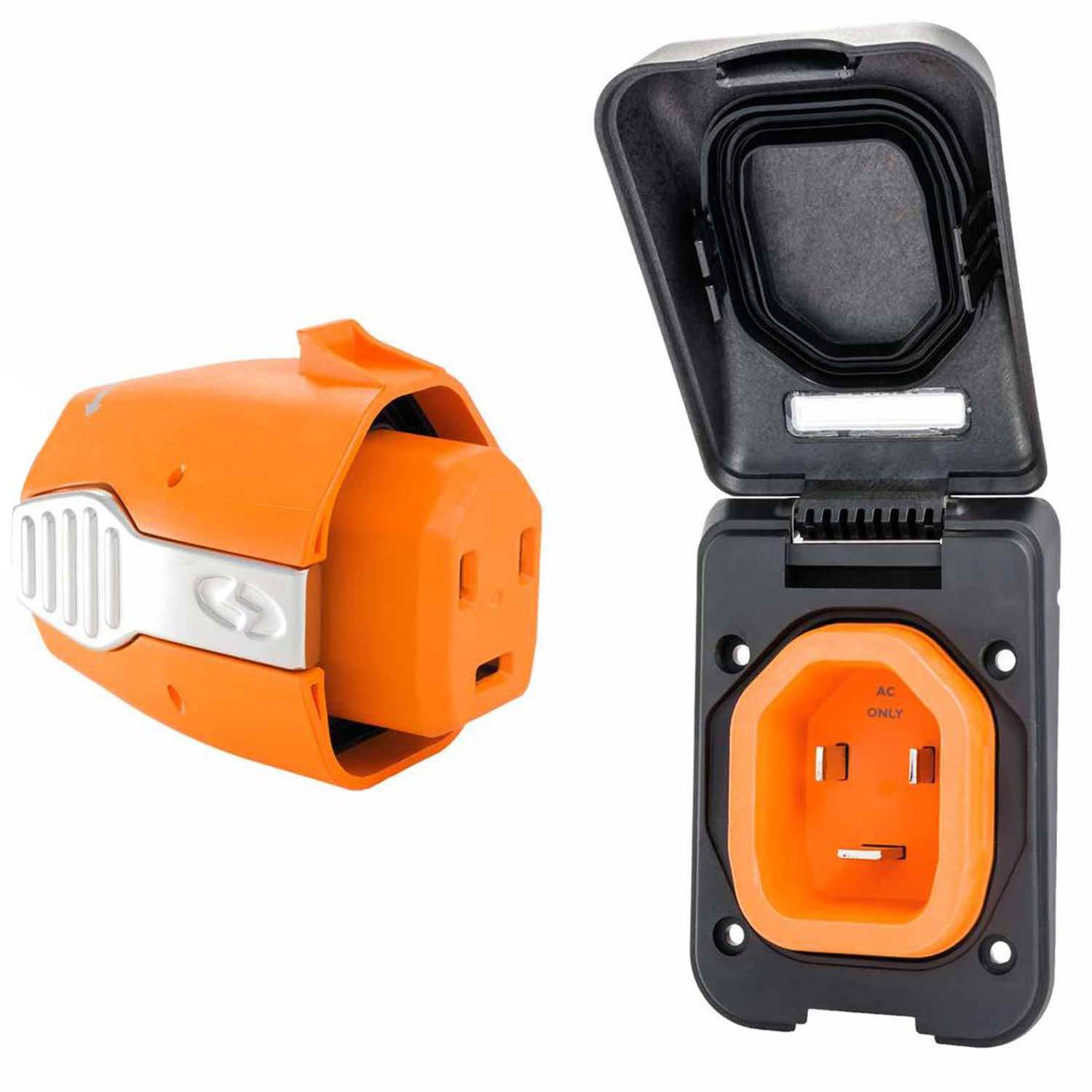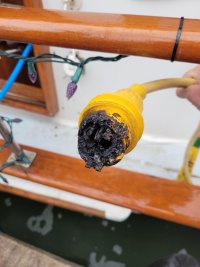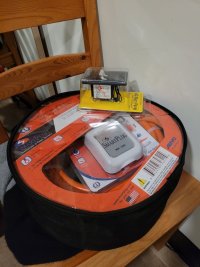Thought I’d post these pics as we are replacing our galvanic isolator that died earlier this year. It had been installed without a fuse on the 12V wire to the battery. When the isolator died it looks like it shorted the battery wire and could have easily caused a fire - actually really lucky it didn’t. Not sure if the newer “fail safe” style isolators keep from shorting when they die but either way having unfused wires at the battery seems like a pretty bad idea.

